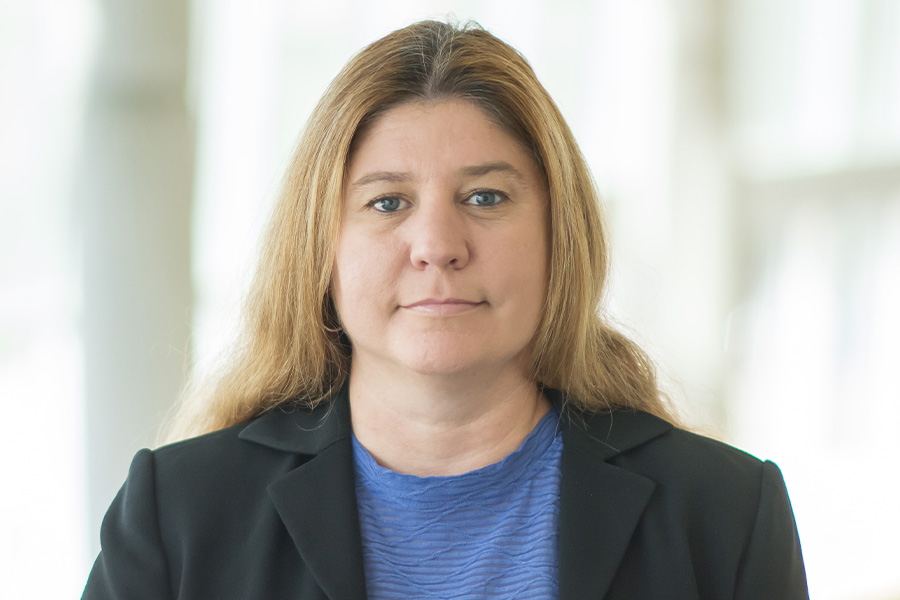ADA Title II Guidance
Accessibility and Universal Design for Learning
This resource helps instructors design course materials in ways that serve the diverse needs of a wide variety of students, improving learning for all. Additionally, implementing digital accessibility practices in course materials helps meet the ADA Title II Rule guidelines that require all digital content, including course materials, at public universities follow the Web Content Accessibility Guidelines 2.1 Level AA.
Digital Accessibility
Digital accessibility refers to formatting digital content in ways that remove barriers that prevent interaction with or access to digital content. Creating accessible digital content allows everyone to participate in learning experiences. Accessibility unlocks features in our technologies that some people legally require, and others often appreciate. For example, when captions are added to a video, it offers the opportunity to enhance the learning experience for learners with and without hearing impairments. But the captions are also for multilingual learners, students studying in loud spaces, or wanting to pinpoint the spot they need in a lecture by searching for the captions. When accessibility is implemented, it supports a wide range of learners.
Universal Design for Learning
Universal Design for Learning is a framework designed to improve and optimize teaching and learning for all people based on scientific insights into how humans learn. It includes accessibility measures and considers ways to address a wider range of barriers, such as motivation, background knowledge, and executive function. This framework focuses on providing diverse types of materials, engaging students using active learning strategies, and assessing learning using many types of assessments.
UNMC Digital Accessibility and UDL Resources
Campus Resources
Academic Technologies can help by reviewing your course to look for content that might not be fully accessible, explaining the process of making different document types accessible, and thinking about ways to implement Universal Design for Learning.
Contact your college or program specific Instructional Designer to get help making your course content accessible.
Recorded Sessions and Materials
To view recordings or slides for past workshops, simply click on the workshop name below.
In this workshop, you will learn what it means to implement digital accessibility and how enhancing digital accessibility in your courses positively impacts all students. We will also introduce you to the most common types of accessibility features that tend to show up across content types.
In this hands-on workshop, participants will learn how to make Microsoft Word documents accessible. Participants will follow along on their own computers as the facilitator explains different accessibility features and strategies.
In this hands-on workshop, participants will learn how to make pages in Canvas accessible. Participants will follow along on their own computers as the facilitator explains different accessibility features and strategies.
In this hands-on workshop, participants will learn how to make Microsoft PowerPoint files accessible. Participants will follow along on their own computers as the facilitator explains different accessibility features and strategies.
[Audio & Video Recording] [Audio & Video Slides] |[Digital Accessibility Checklists]
In this hands-on workshop, participants will learn how to make audio and video files accessible. Participants will follow along on their own computers as the facilitator explains different accessibility features and strategies.
[PDF Recording] [PDF Slides] [Digital Accessibility Checklists]
In this hands-on workshop, participants will learn how to make PDF files accessible. Participants will follow along on their own computers as the facilitator explains different accessibility features and strategies.
[UDL Recording] [UDL Slides] [Digital Accessibility Checklists]
Universal Design for Learning (UDL) is a framework that moves beyond accessibility to provide options and flexibility that enhance learning for all students. In this session, you will learn the basic principles of UDL and how you can make small changes to begin implementing UDL in your courses.
Practice Sessions
Drop-in sessions are available in the Faculty Commons Tuesdays and Thursdays 8 am to 3 pm CT
The Faculty Commons is in the McGoogan Library, on the sixth level of Wittson Hall (take a left after you get off the elevators). Your badge is required for entry.
You can book a time directly with Academic Technologies outside the drop-in session times listed. Contact us directly via ServiceNow to schedule a time.
Instructional Designers


UNMC Specific Educational Tools
- See Campus Resources above (Workshop Series, Checklists, Templates, etc.)
- How to Foster Accessibility and Meet Web Content Accessibility Guidelines 2.1 AA Standards with Instructure (22 min)
- What are the Canvas accessibility standards?
- The Accessibility Advantage: Boost Student Success with ADA-Compliant Canvas Courses - This webinar guides educators on how to maximize student engagement through ADA compliance in Canvas.
- ADA Compliance within Canvas Courses - This discussion on the Instructure Community page provides insights and best practices for ensuring your Canvas courses meet ADA requirements.
- How to Make your Canvas Course Accessible to all Students - This video covers the accessibility features in the Rich Content Editor to make your Canvas course ADA compliant.
- Ally Webinar: Strategies to Address the Impact of ADA Title II Updates